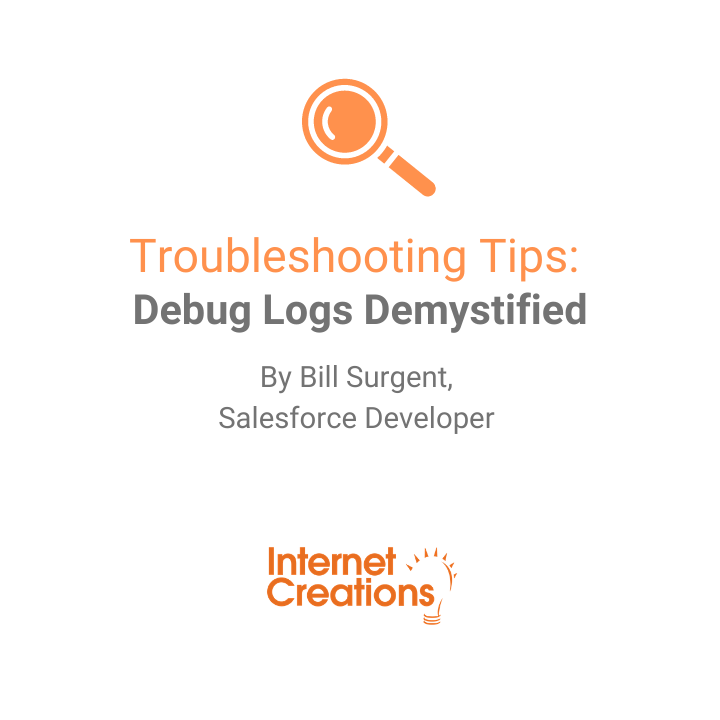How to find, monitor and engage your audience on Twitter

Twitter is one of the most powerful tools available online for businesses, however a lot of people are still unsure how to take advantage of the huge potential this site has to offer. When managing a business account on Twitter, it can be easy to get caught up in the promotion of your business and forget about the benefits Twitter provides when used to locate, engage and join in on relevant conversations.
Last year, 77 percent of Fortune 500 companies were active on Twitter with a tweet in the past thirty days. While it is essential to have your company active on Twitter, it is also important to let your employees know that they can benefit from using the network. Whether you’re a marketer looking to engage your target audience, a sales rep seeking potential clients, or a recruiter searching for talent, utilizing the information provided in an individual’s Twitter bio is a great way identify and communicate with potential leads.
Below is a simple process I use to find, monitor, and engage on Twitter. And the best part is, you can do this for free:
1. Create a Twitter list
A Twitter list allows you to categorize Twitter users into specific groups and see tweets only from these individuals without having to follow them. Creating a Twitter list is an excellent way to organize your account and reduce the amount of time it takes to find the valuable information you are seeking.
Creating a list in Twitter is very simple. First you navigate to the “me” tab located on the top navigation and click on “lists”
Then click the “create a list” button:
Now, think about your target audience. For example, I am seeking graphic designers located in New Jersey.
After you click Create list, a box will pop up for you to fill in a list name, description, and if you want the list to be private or public. If you select public, anyone can view the list and subscribe. Choosing private allows only you to access and view the list.
[box type=”note”]Note: I recommend making a list public if it would benefit other users, such as a list of industry leaders. On the other hand, lists that contain company information like your customers or competitors, should be private.[/box]
2. Search Twitter bios for keywords
The next step is to use an outside tool to filter profiles based on certain keywords. There are plenty of free tools out there that will allow you to do this. My personal favorite is Followerwonk.
To get started, go to Followerwonk.com and click the “Search Twitter bios” tab. Then enter in your keyword or phrase and click “Do it”. Selecting “more options” will allow you to filter further based on location, name, URL, or number of followers.
See my example below:
Adding users to a Twitter List
After your search is complete, a list will populate below. If you want you can now filter the list based on number of tweets, following, followers, account age, and social authority.
To add a user to your newly created Twitter list, click their name and you will be directed to their Twitter profile. Click on the icon next to the follow button and then click “add or remove from lists…”
Finally, check the box next to the list you want the person to be added to. Each Twitter list can contain up to 5,000 separate accounts.
3. Follow and engage using Hootsuite
After you’ve added the desired users to your list, you’ll want to be able to easily view and track their updates in a central location. This step is particularly important if you are going to create and monitor multiple lists. I prefer to use Hootsuite; they offer a free account that allows you to add up to 5 social profiles.
After you’ve signed up and are logged into Hootsuite, select the list(s) you’d like to follow. Click the “lists” icon and choose the list you want to add:
Now you will be able to easily monitor and engage your lists from one location. To respond to a tweet, hover over the right hand corner and you’ll be given the option to reply, retweet, or direct message that user.
Additional Tips
If you are monitoring a business account you might want to keep separate lists such as:
- Employees
- Customers
- Competitors
- Prospects
- Industry leaders
When engaging your lists, it is important to not only share useful content about your industry, but to also be human, talk off-topic and connect with others about their interests. This will give you a better understanding of the tone required to warm people up before you start your pitch.
How do you find, monitor, and engage your following on Twitter? Leave a comment below or send me a Tweet @benortiz21.


